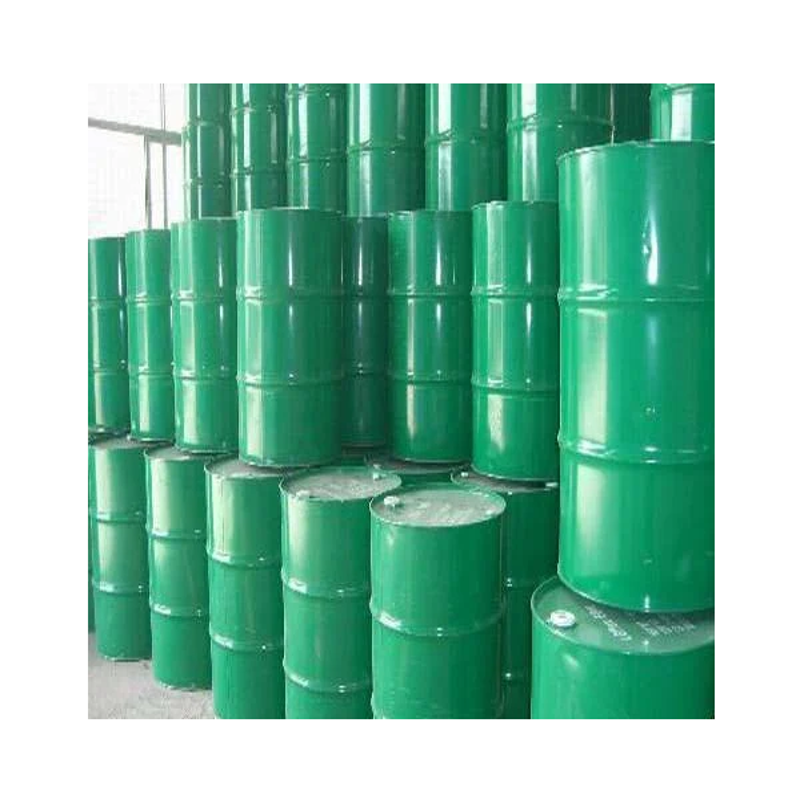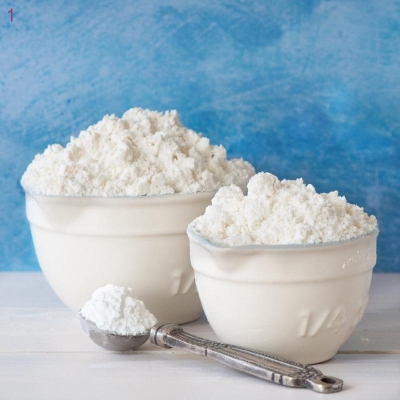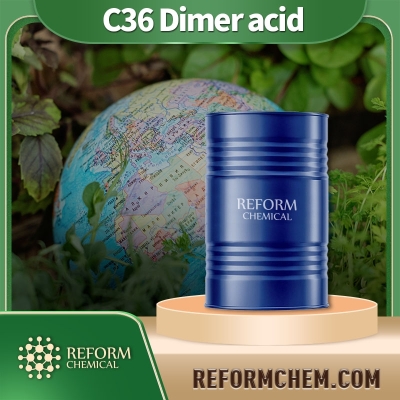-
Categories
-
Pharmaceutical Intermediates
-
Active Pharmaceutical Ingredients
-
Food Additives
- Industrial Coatings
- Agrochemicals
- Dyes and Pigments
- Surfactant
- Flavors and Fragrances
- Chemical Reagents
- Catalyst and Auxiliary
- Natural Products
- Inorganic Chemistry
-
Organic Chemistry
-
Biochemical Engineering
- Analytical Chemistry
-
Cosmetic Ingredient
- Water Treatment Chemical
-
Pharmaceutical Intermediates
Promotion
ECHEMI Mall
Wholesale
Weekly Price
Exhibition
News
-
Trade Service
21.
1.
4 Residue analysis technology
21.
1.
4.
1 Pre-processing method
Animal-derived food matrices mainly include animal tissues, milk, aquatic products, etc.
, with complex components.
Before the analysis and determination of residual AVMs, sample pretreatment is generally required to enrich trace AVMs from the complex matrix
.
(1) Extraction method
Before sample extraction, sufficient homogenization must be carried out to ensure the representativeness of the sample
.
When adding a solvent for extraction, most of them use a homogenizer for extraction to ensure extraction efficiency
1) Liquid liquid extraction (LLE)
In view of the high fat solubility of AVMs, a variety of organic solvents can be used for extraction.
Water-soluble organic solvents such as acetonitrile and methanol have better miscibility with the matrix; ethyl acetate and isooctane are also used
.
Yang Junhong et al.
used acetonitrile shaking to extract AVM, IVM, and EPR from bovine muscle tissue, and determined by an enzyme-linked immunoassay (ELISA) kit
.
When the blank cattle muscle tissue was added at 5ng/g, 10ng/g and 20ng/g concentrations, the recovery rate of AVMs was 70.
Cheng Linli and others extracted residual AVM, IVM, DOR and EPR in milk with acetonitrile, diluted with water and trace triethylamine , purified by solid-phase extraction column, dried with nitrogen and derivatized, and then measured by HPLC
.
In the range of 2~1000ug/kg, the recovery rate of each drug is 70.
Zhang Wenjuan and others established 10 methods for the analysis of residues of AVM, IVM, DOR, EPR, MOX and SEL in food matrices
.
It was extracted with acetonitrile, purified by solid phase extraction, and determined by UPLC-MS/MS
Yang Junhong et al.
used methanol shaking to extract AVM, IVM and EPR from beef liver, and determined by ELISA kit
.
When adding 20ng/g, 50ng/g and 100ng/g to the blank bovine liver tissue, the recovery rate of AVMs was 53.
Xu Yingjiang and others studied the analysis methods of IVM, AVM, EPR and DPR in aquatic products
.
The sample was extracted with isooctane, purified and derivatized by liquid-liquid extraction, and then detected by HPLC
2) Pressurized liquid extraction (PLE)
PLE refers to a new sample pretreatment method that uses solvents to extract solid or semi-solid samples at higher temperatures (50 to 200°C) and pressures (1000 to 3000 psi or 10.
3 to 20.
6 MPa)
.
Compared with traditional extraction methods, PLE is fast, with less solvent consumption, high extraction efficiency, and good recovery rate of the components to be tested, which can realize fully automatic and safe operation
3) Dispersive liquid liquid microextraction (DLLME)
DLLME is a new type of micro-extraction technology that came out in 2006
.
It is based on the use of a micro syringe to quickly inject the micro-upgrading extractant into the sample solution, forming extractant beads in the dispersant-water phase, which greatly expands the contact surface between the organic extractant and the water sample, and greatly accelerates the extraction balance The speed enables the target compound to be quickly extracted into the extractant microbeads, which improves the extraction efficiency and enrichment times
4) Supercritical fluid extraction (SFE)
SFE is a new type of material separation technology developed in the late 1970s.
It is a method of extracting using fluid in a supercritical state as an extractant.
Compared with traditional extraction methods, the separation efficiency is high.
It can be changed by changing the temperature, Pressure or adding a small amount of organic solvent to optimize the extraction process and improve the extraction efficiency
.
The supercritical fluid CO 2 is relatively frequently used, and has the characteristics of low toxicity, low cost, easy handling, good chemical stability, and easy to reach critical parameters (critical temperature of 31°C, critical pressure of 74 bar) and so on
.
SFE can complete extraction and separation at the same time, with high separation efficiency, short operation cycle, fast mass transfer speed, strong dissolving power, high selectivity, and does not pollute the environment
.
Danaher et al.
reported the use of SFE technology to extract and purify the analysis method of AVM, IVM, EPR, DOR and MOX residues in animal livers
.
Mix 2.
5 g of homogenized sample with 4 g of diatomaceous earth, dehydrate and dry, and put it into an extraction cell sealed with polypropylene cotton and 2 g of basic alumina at both ends
.
Extraction with supercritical CO 2 at 100℃ and 300bar , flow rate 5L/min, AVMs are adsorbed by the online alkaline alumina trap, and then eluted with 4mL formic acid-ethyl acetate (70+30, v/v), 60℃ Concentrate under nitrogen, after derivatization, determine by HPLC
.
At the concentration of 4μg/kg and 20μg/kg, the average recovery rate of this method was 76% and 97%, and the intra-day and inter-day RSD were less than 10% and 16%, respectively; LOQ reached 2ug/kg
.
This method has also been used for the analysis of pig liver and sheep liver
.
When Brooks et al.
used the SFE method to extract AVM from animal tissues, a 9% modifier-ethylene glycol methyl ether (2-methoxyethanal, EGMME) was added to the supercritical fluid CO 2 to improve the extraction efficiency
.
At a concentration of 22ng/g, no interferences were found
.
Related link: Maximum allowable residue limits of abamectin drugs







